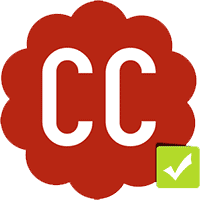Using Google analytics to know how effective is your content
If a particular blog post or article is popular it doesn’t necessarily mean that the content on that page or blog post is effective. A quick glance over your Google analytics reports can tell you how effective actually your content is. You just have to see the appropriate sections.
